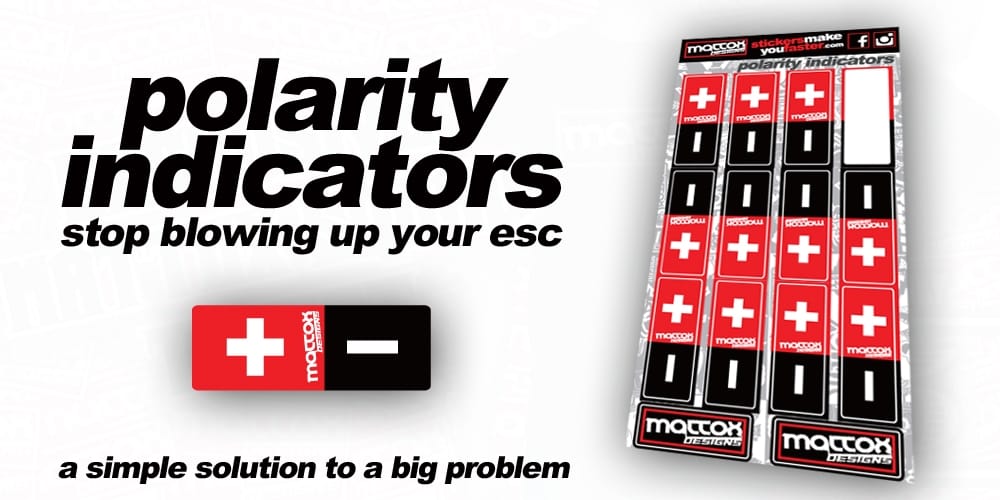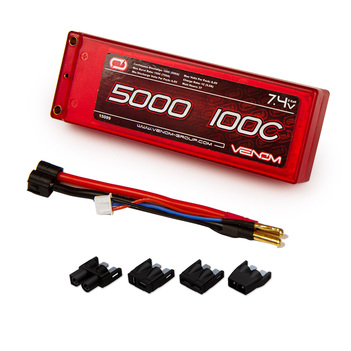You have a LiPo back that swelled up due to overdischarging or other reasons and you want to dispose of it safely. What are you supposed to do?Once fully discharged, a LiPo can be safely discarded in regular trash, but recycling is the preferred option. Ask your local hobby store if it accepts LiPos for recycling. If it doesn’t, visit the website call2recycle.org to find out where you can drop off your LiPo pack. Many home-improvement stores and electronics stores will take your LiPo and recycle it properly.
Before discarding or recycling your pack, however, you MUST make sure it is fully discharged. Many chargers include a discharge function, but these will not discharge all the way down to zero volts. Instead, a #1157 automotive bulb can be used to discharge the pack. A single bulb will pull about 2 amps to gently drain the battery.
Solder a plug or a pair of alligator clips to the bulb so that it can be connected to the pack. Place the pack in a LiPo-safe bag, a bucket of sand, or another fireproof container and attach the discharge bulb.
After the bulb goes out, leave it connected for 24 hours to be certain the pack is fully discharged. You can then snip off the pack’s connector if you want to reuse it. Leave enough wire on the pack to twist the leads together, creating a short circuit. This will prevent the battery’s voltage from recovering. The battery is now electronically inert, so you can safely recycle or dispose of it.
Ask about discharging and discarding LiPos and you’ll still get the suggestion that LiPos should be submerged in saltwater (specifically, water mixed with the maximum amount of salt it can absorb) to discharge the battery. There are two problems with the saltwater method, other than the obvious inconvenience of dealing with a big bucket of saltwater: One, the pack will discharge very slowly—so slowly that the battery tabs are likely to corrode away before the cells fully discharge; two, the original instruction for the saltwater method was to cut open the cells to expose the chemicals inside to the saltwater. Needless to say, cutting open LiPo cells is NOT a thing you should do. Discharging a LiPo in a fire-safe container with a low-amperage load, such as the light bulb described above, is the safest, easiest way to render a LiPo inert for safe disposal.















 RSS Feed
RSS Feed